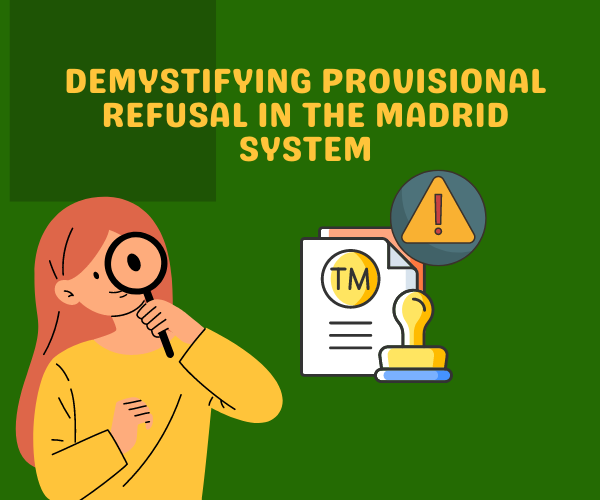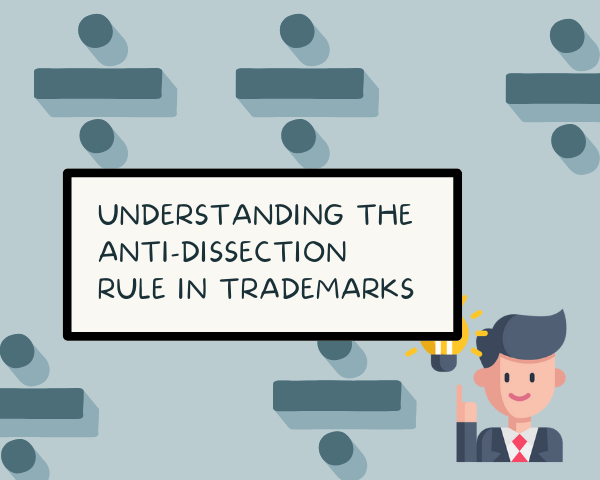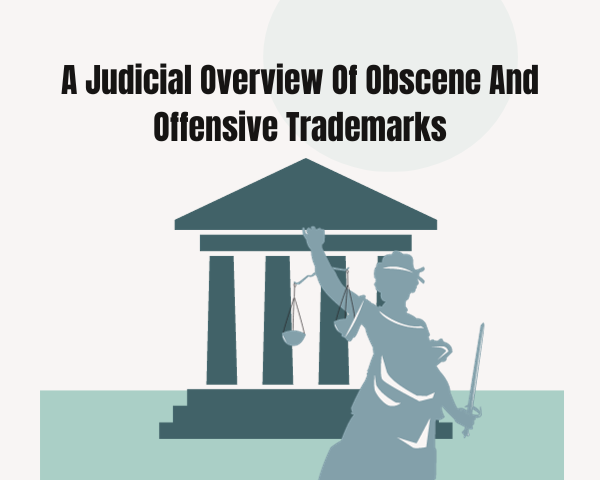What is the Madrid System?
More than 120 years ago, nine countries established a particular unit for the international registration of marks, known as the Madrid System. Since then, the Madrid System has expanded and evolved to meet ever-changing business needs. More and more countries have signed up to this unique international trademark registration system. Administered by the World Intellectual Property Organization (WIPO), the UN-specialized agency based in Geneva, the Madrid System has helped businesses register and protect over a million marks worldwide.
Two treaties govern the System which are the Madrid Agreement of 1981 and the Madrid Protocol of 1989. The Agreement is the legacy but it is the Protocol that’s the treaty of the future. Its provisions made the Madrid System more modern and flexible and have led to its global expansion. Through the Madrid System, WIPO offers centralized registration and management of international trademarks. The process of trademark registration internationally under the Madrid System can be read here.
What is a Provisional Refusal under the Madrid System?
The trademark registration process in India and the trademark registration process under the Madrid system are slightly different. In the trademark registration process under the Madrid System, a provisional refusal refers to the initial objection or refusal issued by an individual national trademark office (known as the “Office of Origin”) in response to an international trademark application filed through the Madrid System. When an applicant files an international trademark application through the Madrid System, it is subsequently examined by each designated country’s national trademark office. During this examination, if the national trademark office finds any grounds for refusal or objections based on their national laws, they issue a provisional refusal.
Once the provisional refusal is issued, the applicant has the opportunity to respond and address the objections raised by the national trademark office. The response should include arguments, evidence, or amendments that demonstrate the eligibility and distinctiveness of the mark, with the aim of convincing the national office to withdraw the provisional refusal and allow the registration to proceed. The provisional refusal typically outlines the specific reasons for the objection, which can vary from country to country.
Grounds of a Provisional Refusal
Grounds of a provisional refusal typically refer to the reasons provided by a trademark office for rejecting or refusing a trademark application on a provisional basis. These grounds may vary depending on the specific jurisdiction and the applicable trademark laws. Common grounds for provisional refusal include prior conflicting trademarks, lack of distinctiveness, generic or descriptive nature of the mark, or violation of local trademark laws and regulations.
In India, the legal provisions related to the grounds of a provisional refusal of a trademark application can be found in the Trade Marks Act, 1999, and the Trade Marks Rules, 2017. Some key provisions relevant to provisional refusal are as follows.
1. Section 9 – This section of the Trademarks Act deals with absolute grounds for refusal. It outlines various grounds on which a trademark can be refused registration, including lack of distinctiveness, descriptiveness, or if it consists exclusively of marks or indications that have become customary in the current language or established practices of the trade. “Lack of Distinctiveness” is if the trademark is considered devoid of any distinctive character or is descriptive of the goods or services. In such scenarios, the mark may be refused registration. Additionally, if the trademark is found to consist of or contains any matter that is likely to deceive or cause confusion, or is scandalous or obscene, it may be refused registration.
2. Section 11– Section 11 of the Act pertains to relative grounds for refusal. It states that a trademark application may be refused if it is identical or similar to an earlier trademark for similar or identical goods or services. The provision aims to prevent confusion or deception among consumers based on:
- Similarity to Earlier Trademarks: If the trademark is identical or similar to an earlier registered or pending trademark for similar or identical goods or services, it may be refused registration to avoid the likelihood of confusion.
- Bad Faith or Fraudulent Registration: If the trademark application is found to have been made in bad faith or with dishonest intent, it may be refused registration
3. Section 12– Section 12 of this Act provides that if a trademark application is identical or similar to an existing registered trademark but the applicant can show honest concurrent use of the mark in relation to similar goods or services, the Registrar of Trademarks may permit the registration of the mark subject to certain conditions. It is an opportunity for applicants to overcome provisional refusals based on similarity with existing registered marks by proving their honest and concurrent use of the mark. The Registrar may impose certain conditions or limitations on the registration to avoid confusion or conflicts between the marks. However, the determination of honest concurrent use and the acceptance of trademark registration in such cases is at the discretion of the Registrar, based on the evidence and arguments presented by the applicant.
4. Section 22: This section deals with deficiencies in the trademark application. It allows for the refusal of an application if it does not comply with the prescribed requirements, such as incomplete or incorrect information, improper representation of the mark, or failure to pay the required fees. If the application lacks essential information, such as proper representation of the mark, correct classification of goods or services, or payment of required fees, it may be refused registration.
5. Trademarks Rules, 2017: The Trademarks Rules, 2017 provide procedural guidelines for the examination and refusal of trademark applications. These rules specify the procedures to be followed by the trademark office during examination, including the issuance of provisional refusals, and the timelines and procedures for responding to such refusals.
Provisional Refusals in other Jurisdictions
In the United Kingdom, provisional refusals may be issued by the UK Intellectual Property Office (UKIPO) during the examination of a trademark application. If there are objections or conflicts, the UKIPO issues an examination report. The applicant has the opportunity to respond to the report, address the objections, and provide arguments or evidence to overcome the refusals. The legal provisions related to provisional refusal can be found in the UK Trade Marks Act.
In the European Union, provisional refusals can occur during the examination of a European Union Trademark (EUTM) application. If the EUIPO identifies absolute or relative grounds for refusal, it issues a Notice of Provisional Refusal. The applicant has the opportunity to respond to the objections and provide arguments or evidence to overcome the refusals. The legal provisions related to the provisional refusal in the EU can be found in the EU Trademark Regulation (2017/1001).
In Canada, provisional refusals can be issued by the Canadian Intellectual Property Office (CIPO) during the examination of a trademark application. If the CIPO identifies objections or conflicts with existing marks, it issues an Examiner’s Report. The applicant has the opportunity to respond to the report, address the objections, and provide arguments or evidence to overcome the refusals. The legal provisions related to provisional refusal can be found in the Canadian Trademarks Act.
Reply to a Provisional Refusal
Applicants can reply to a provisional refusal to convince the national office that their trademark differs sufficiently from an existing one. If a national IP office accepts your request for review, it will most likely compare your trademark application with an already existing trademark registered nationally in that country. When replying to a provisional refusal, it’s important to address each objection raised by the authority and provide compelling evidence or arguments to support your position. It’s crucial to present a well-reasoned and persuasive response that directly addresses the objections raised by the authority. A trademark attorney plays a crucial role in understanding all the objections and organizing the answer in a clear, logical, professional, and detailed manner. They must collect all relevant documents, materials, or arguments including legal precedents, market research, expert opinions, or any supporting evidence that can substantiate the response.
In India, the reply should be sent within the specified timeframe which is 30 days from the date of receipt of the notification following their prescribed submission guidelines and copies of all correspondence must be retained for records.
In the United Kingdom, the applicant has a specific period to respond to a provisional refusal, which is usually within two months from the date of the report. The response should address each objection raised by the examiner, and provide arguments, evidence, or amendments to overcome the objections.
In the European Union, The applicant has one month from the date of the Notice of Irregularity to respond and address the issues raised. Extensions of time to respond may be available upon request.
In Canada, the applicant has a specific period to respond to the Examiner’s Report, which is usually six months from the date of the report. Extensions of time to respond may be available upon request. However, it is important to note that extensions beyond the initial six-month period may require justifiable reasons and incur additional fees.
Conclusion
It’s important to note that the Madrid System provides a streamlined and centralized procedure for international trademark registration but does not guarantee automatic acceptance by all designated countries. Each country retains the right to independently examine and evaluate the international application based on its own national laws and regulations, which may lead to provisional refusals.
It’s important to note that a provisional refusal is not a final decision. The applicant typically has an opportunity to respond to the refusal, provide arguments or evidence to overcome the objections and attempt to convince the trademark office to allow the registration of the trademark. The specific procedures and deadlines for responding to a provisional refusal vary depending on the jurisdiction and should be followed accordingly. The response to a provisional refusal requires careful consideration and may involve working with local trademark attorneys or agents who are familiar with the national laws and procedures of the specific country issuing the refusal. By addressing the objections effectively, applicants can increase their chances of overcoming the provisional refusal and obtaining trademark protection in the desired countries.
Author: Srijita Adak




